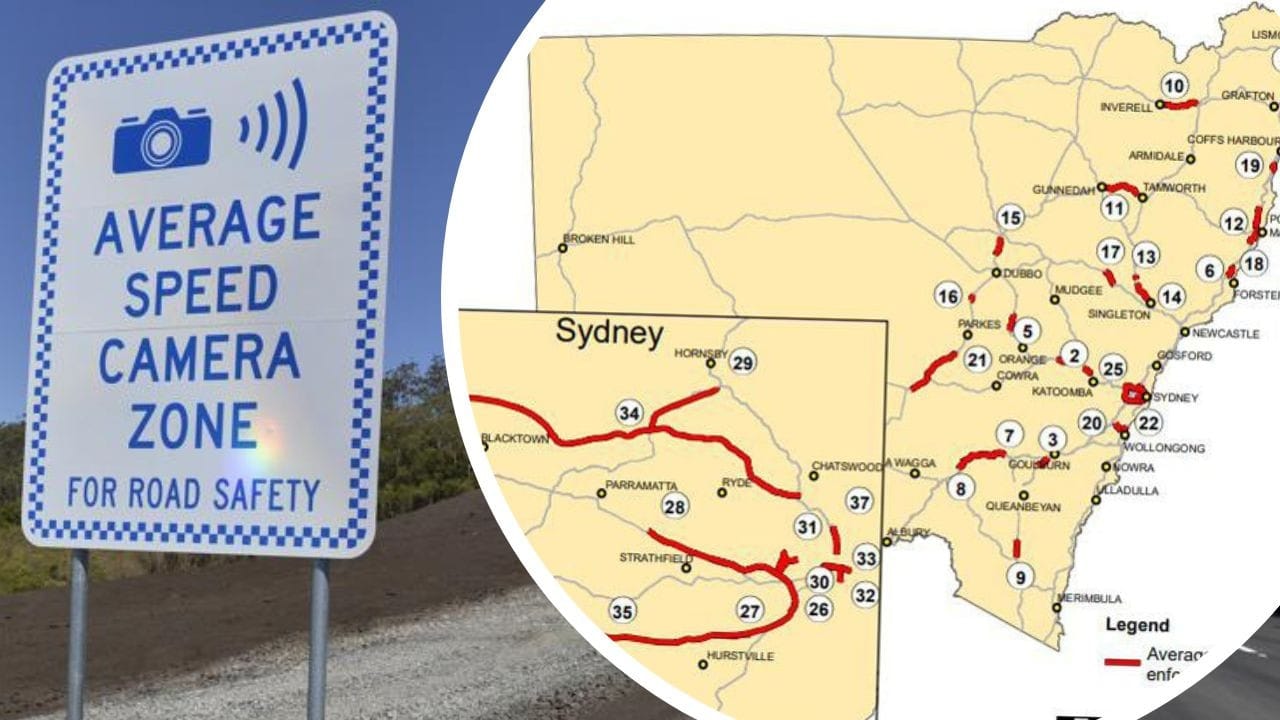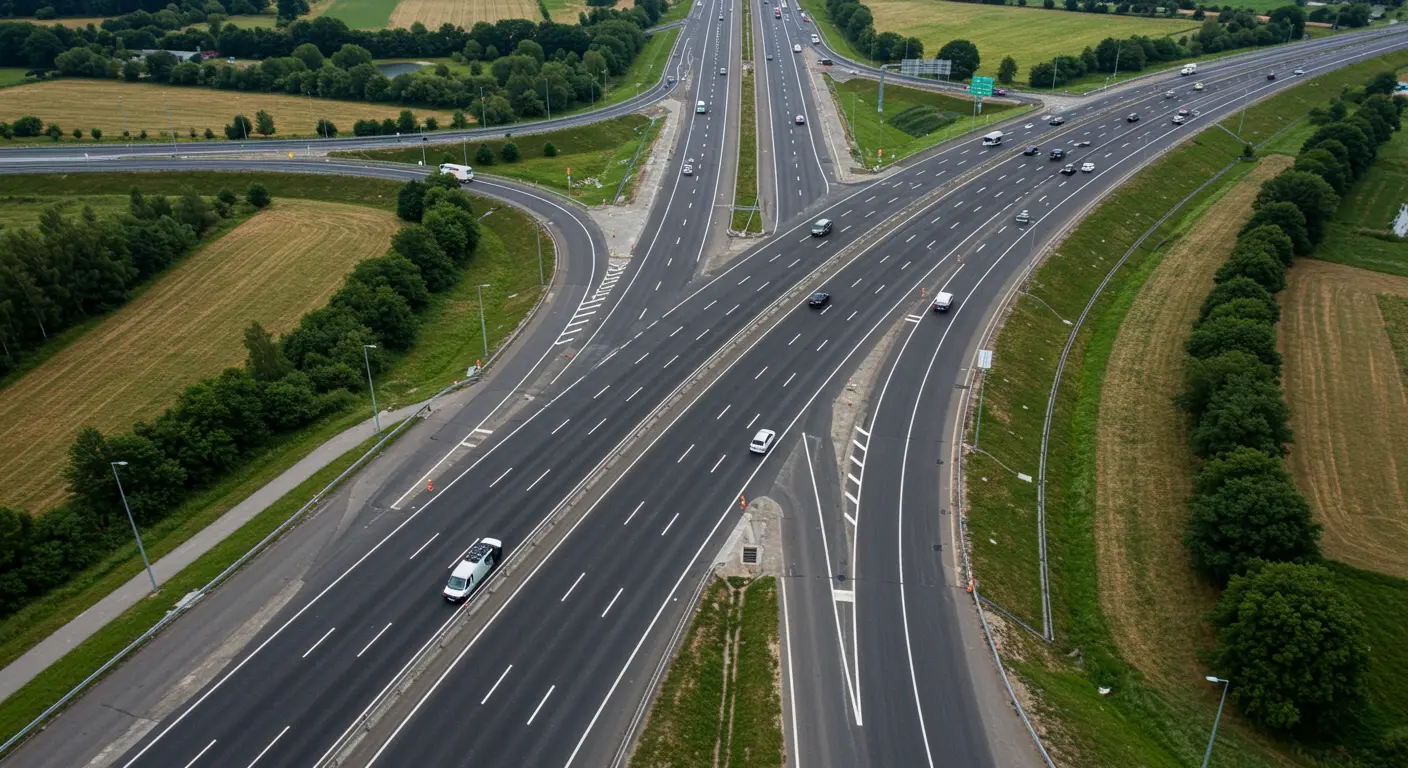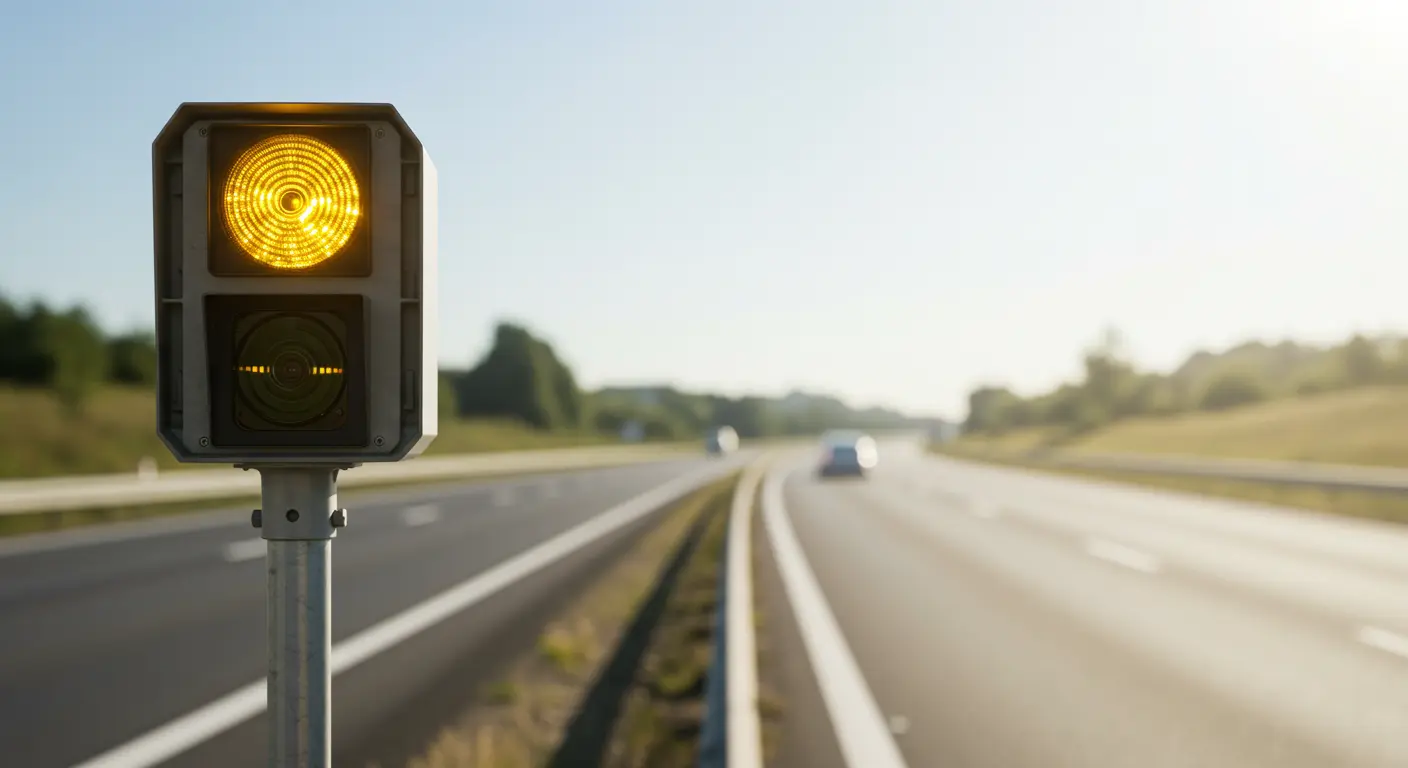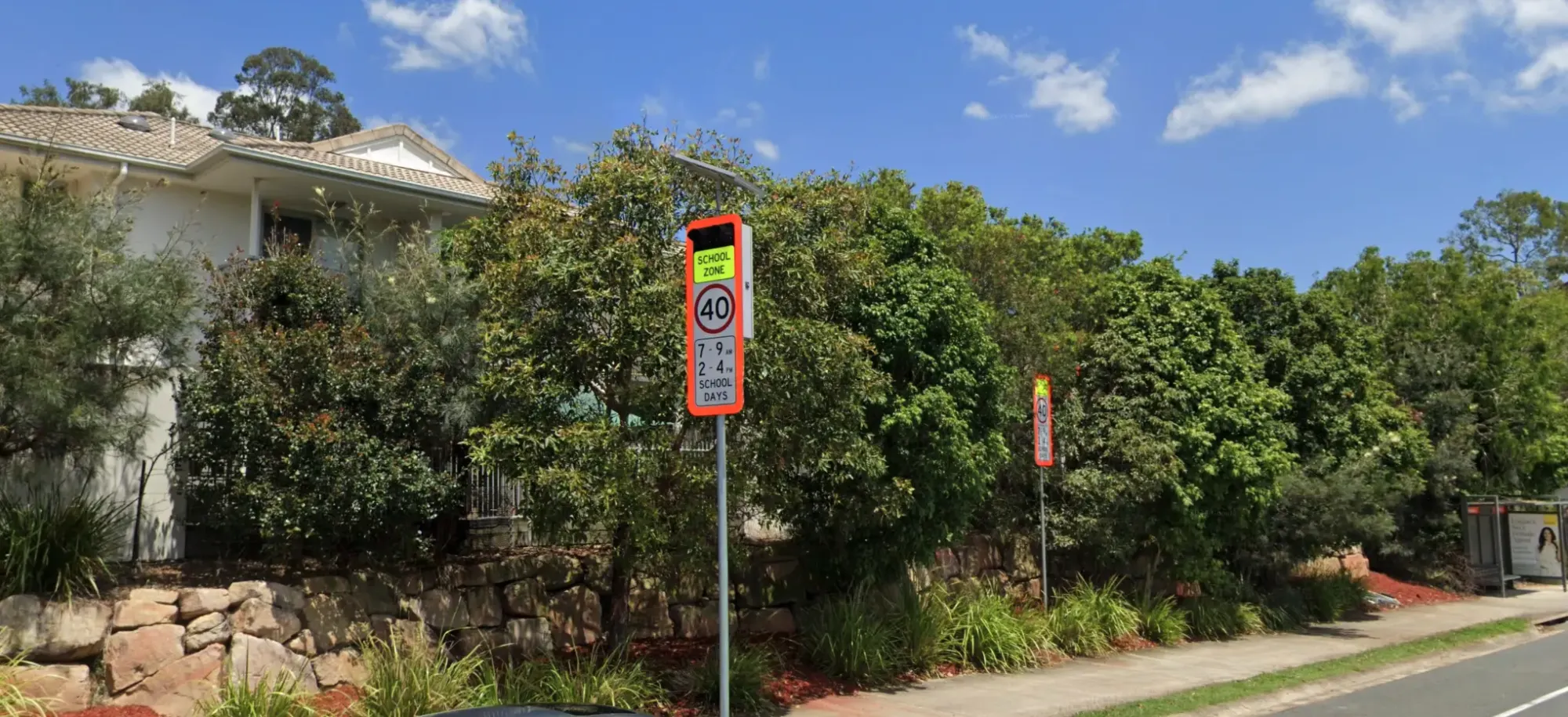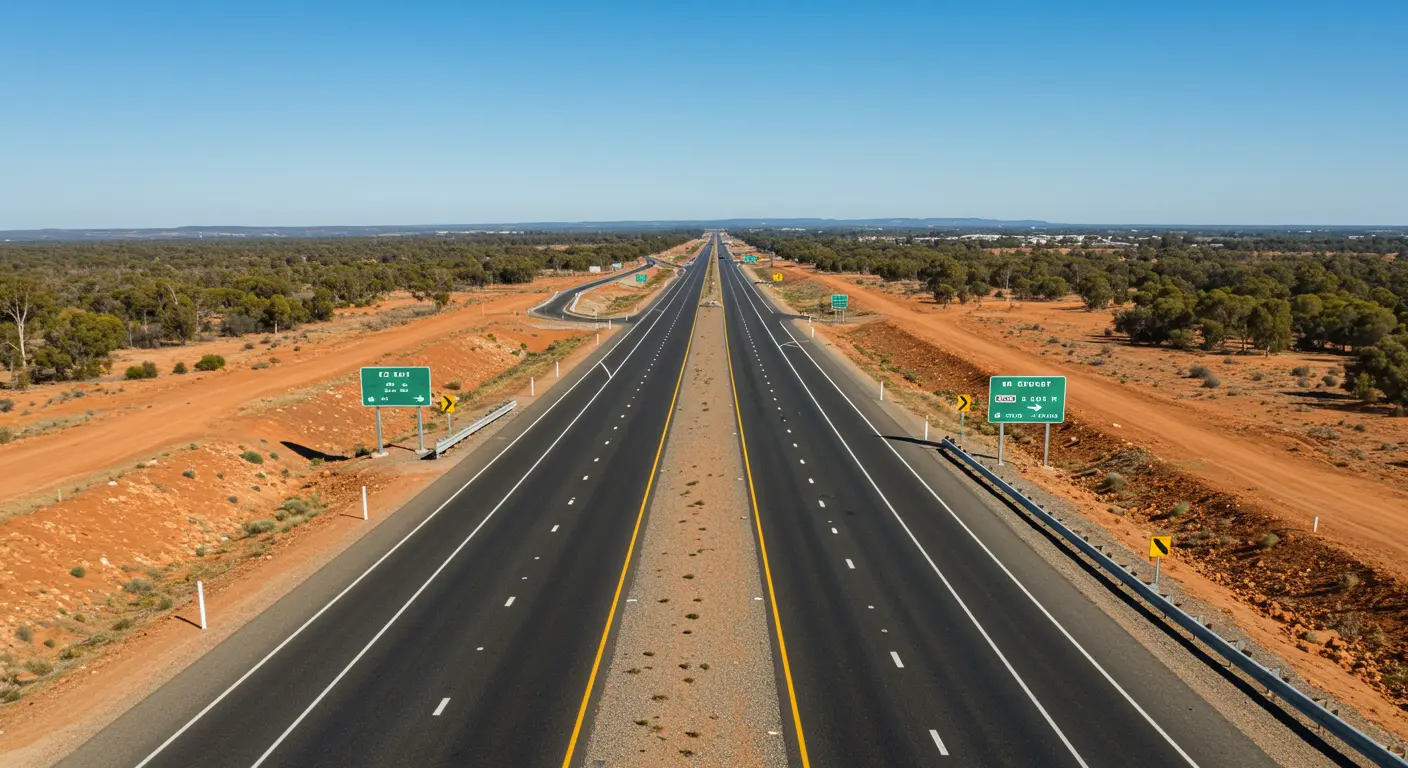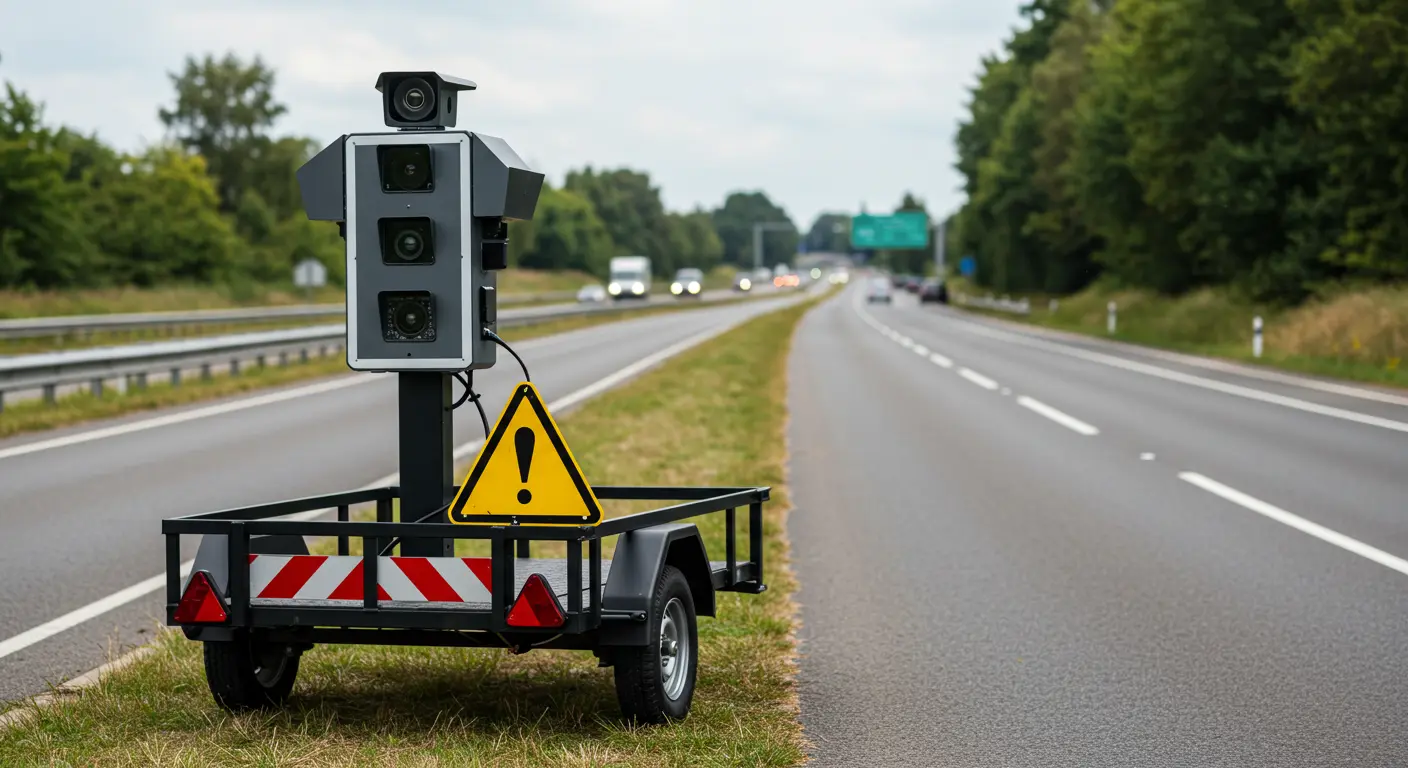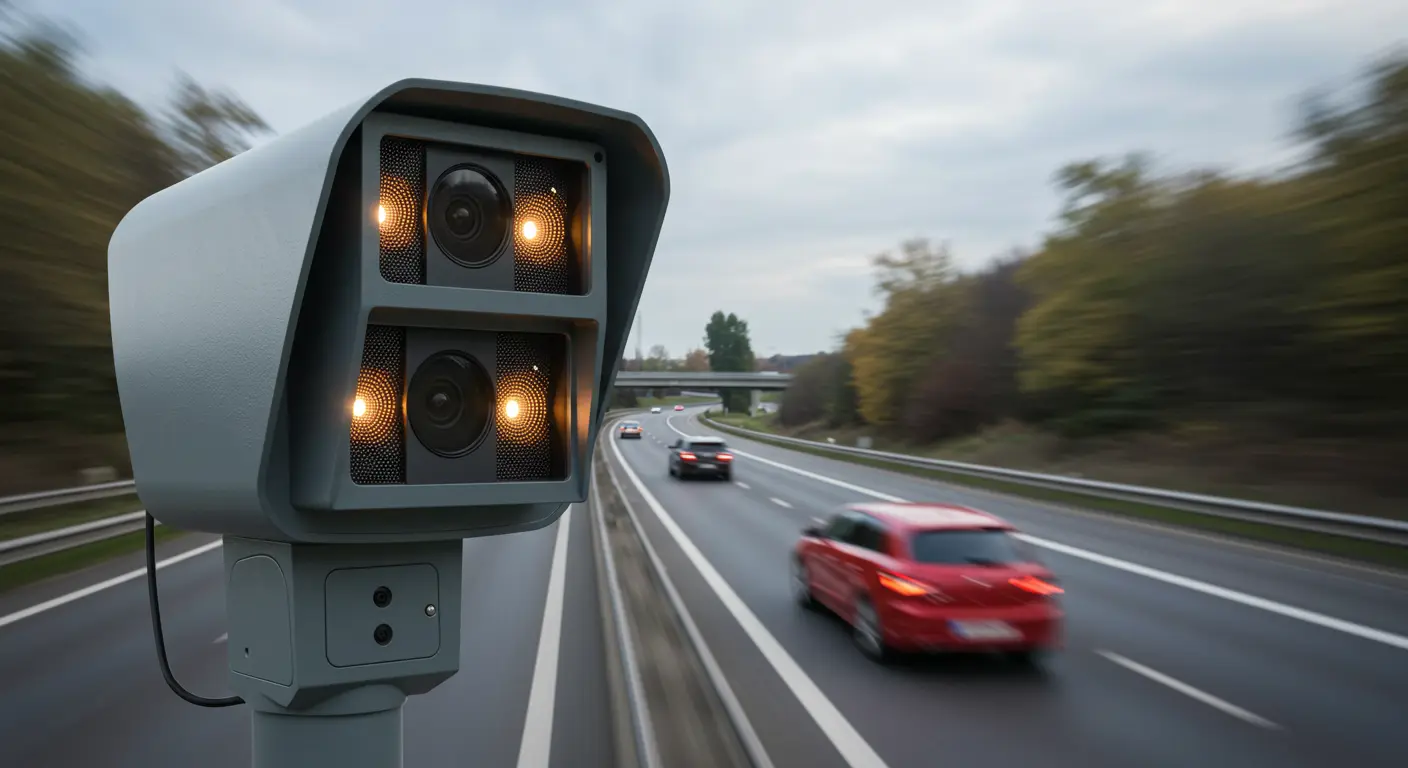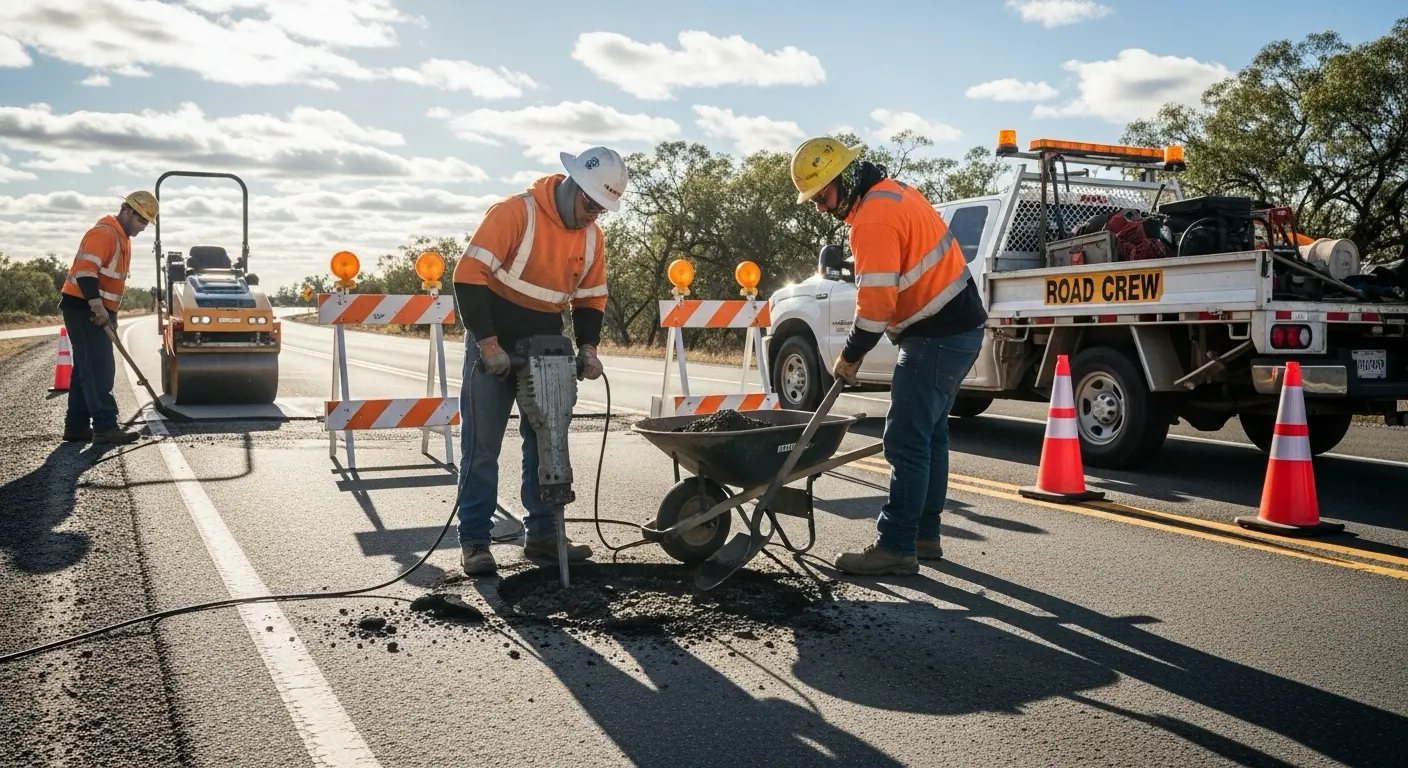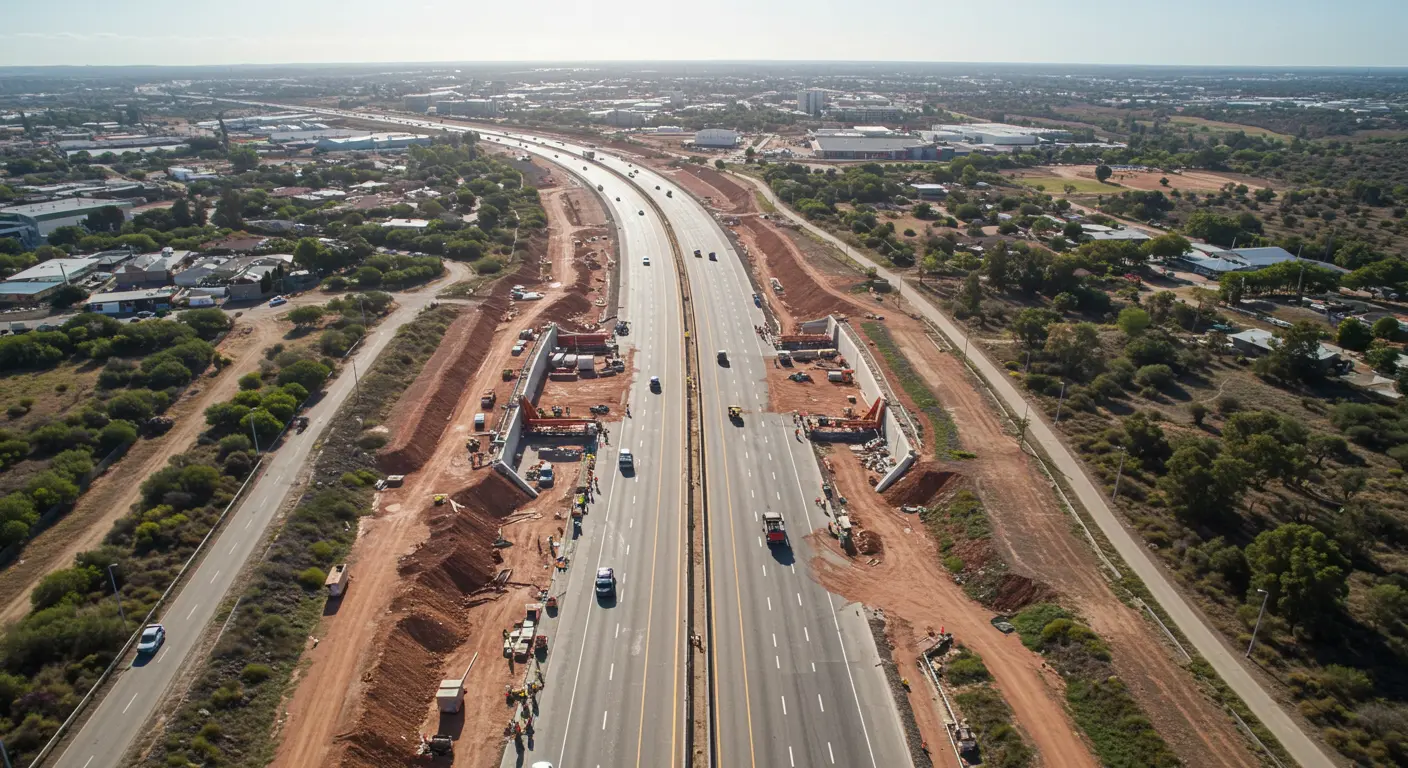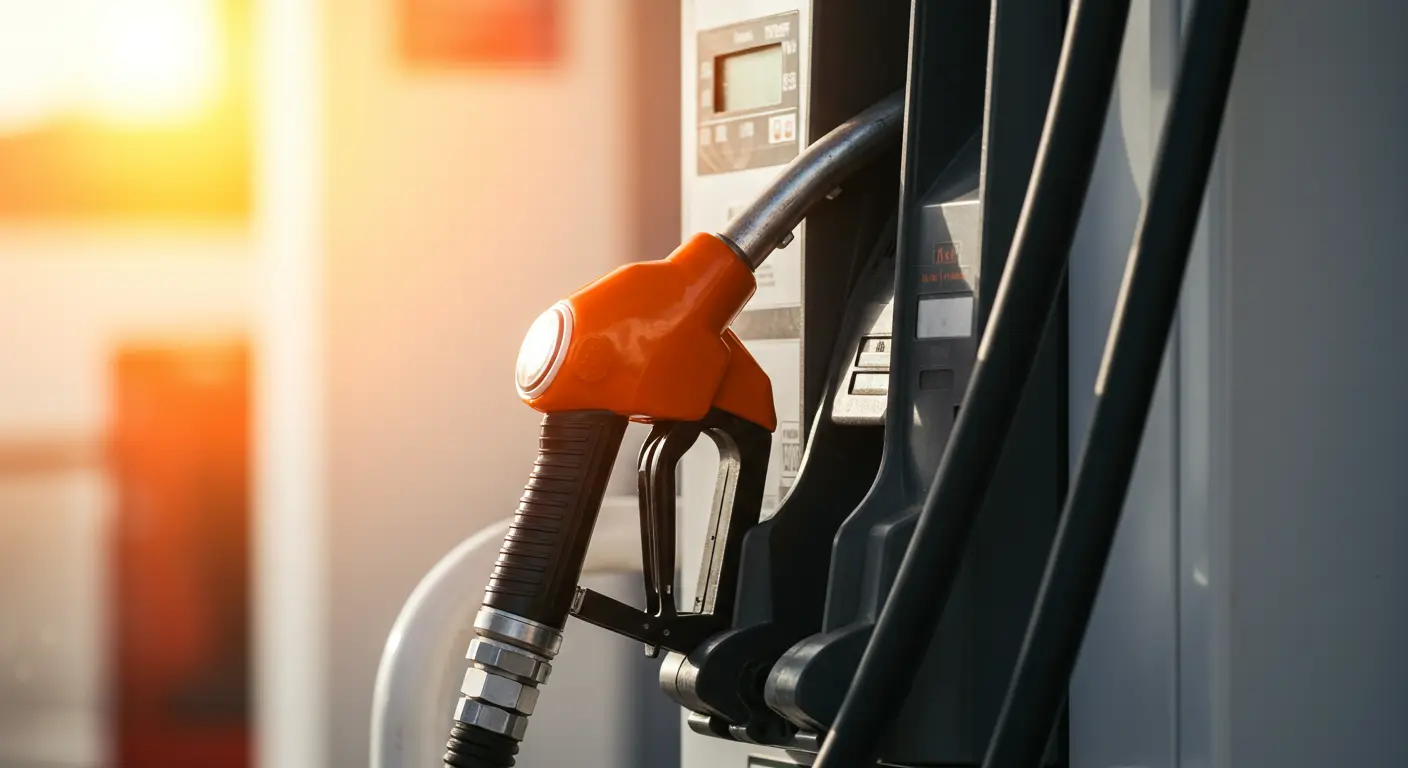Motorists on the Hume Highway have found a clever loophole to outsmart NSW's new average speed cameras, and a popular service station in Gundagai has become their unlikely ally in this cat-and-mouse game with authorities.
The Shell Reddy Express, Gundagai has become an inadvertent partner in helping drivers dodge fines on the 15-kilometre stretch of average speed cameras between Coolac and Gundagai. These point-to-point cameras, which calculate average speed over the entire distance, have prompted some savvy drivers to exploit a fundamental flaw in the system.
The Strategy Behind the Stops
Unlike traditional speed cameras that capture a moment in time, average speed cameras work by measuring how long it takes a vehicle to travel between two fixed points. If drivers can break their journey by pulling off the highway even briefly, they effectively reset the timing calculation and can avoid detection for speeding.
The Shell Reddy Express at Gundagai, positioned near the end of the camera zone, has become the pit stop of choice for drivers looking to game the system. By ducking into the service station just before the final camera point, motorists can interrupt the timing sequence that would otherwise calculate their average speed across the full 16-kilometre stretch meaning if they were to be speeding, this detour may save them substantial fines and potential a loss of license.
How the Cameras Work (And Don't Work)
The trial, which began on 1 May 2025, expanded average speed enforcement from heavy vehicles to include cars, motorcycles, and utes for the first time in NSW. After a two-month warning period that ended on 30 June, these cameras now issue full penalties for all speeding offences.
Transport for NSW data shows the cameras have been effective in reducing speeding behaviour, with violations dropping by 37% on the Hume Highway stretch during the warning period. However, this improvement may be somewhat inflated by drivers who have discovered the servo station workaround.
The Technical Loophole
Average speed cameras rely on continuous travel between two points to calculate whether a driver has exceeded the speed limit. When a vehicle exits the highway and re-enters, even for a quick fuel stop or "coffee break", the system loses the ability to track the complete journey time. This creates a significant enforcement gap that tech-savvy motorists are exploiting.
The Shell Reddy Express Gundagai Tuckerbox, located on the Hume Highway, sits perfectly positioned for this strategy. Drivers approaching the final camera can pull in, grab a coffee or fill up with petrol, and effectively "break" the timing chain that would otherwise result in a speeding fine.
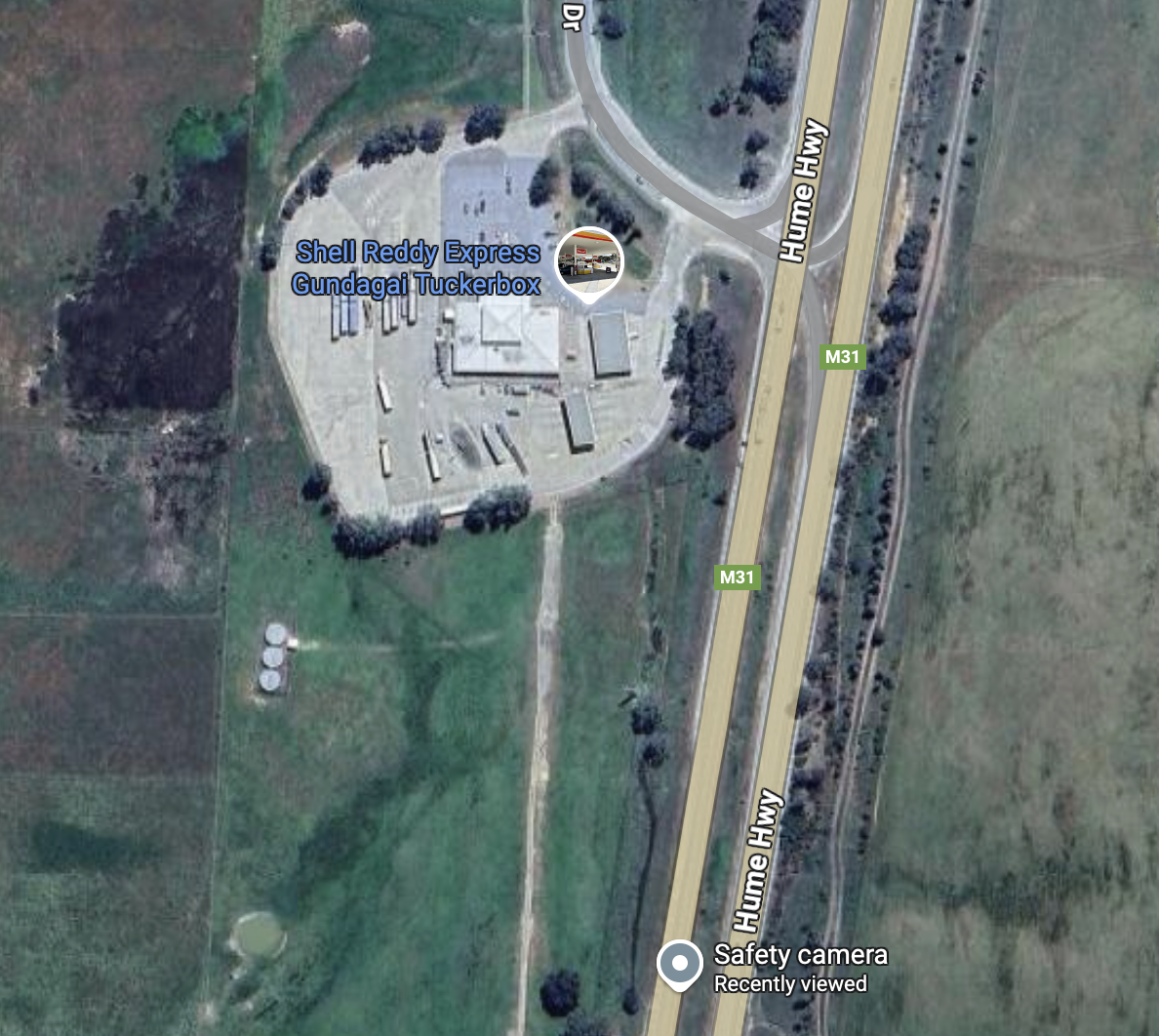
Broader Implications
This loophole highlights a fundamental weakness in point-to-point camera systems when applied to highways with easy access to businesses and rest areas. While the cameras have shown promising results in reducing speeding with initial data showing one in every 122 drivers was caught speeding in the first week, dropping to one in 194 by the trial's end, the Shell Reddy Express strategy suggests the actual effectiveness may be lower than reported.
NSW remains the last mainland Australian state to trial average speed cameras for light vehicles, with all other states and the ACT already using this technology. The trial locations on both the Hume Highway and Pacific Highway were chosen based on poor safety records, with six fatalities and 33 serious injuries recorded between 2018 and 2022.
For now, the humble servo station in Gundagai continues to serve as an unexpected sanctuary for drivers looking to beat the system, one coffee stop at a time.



